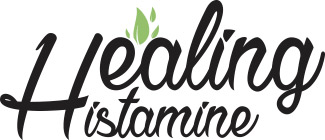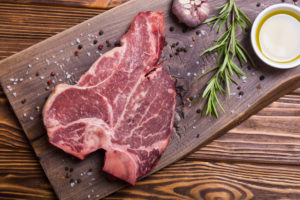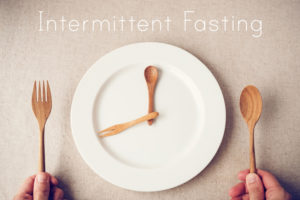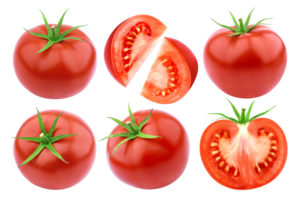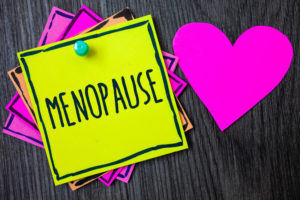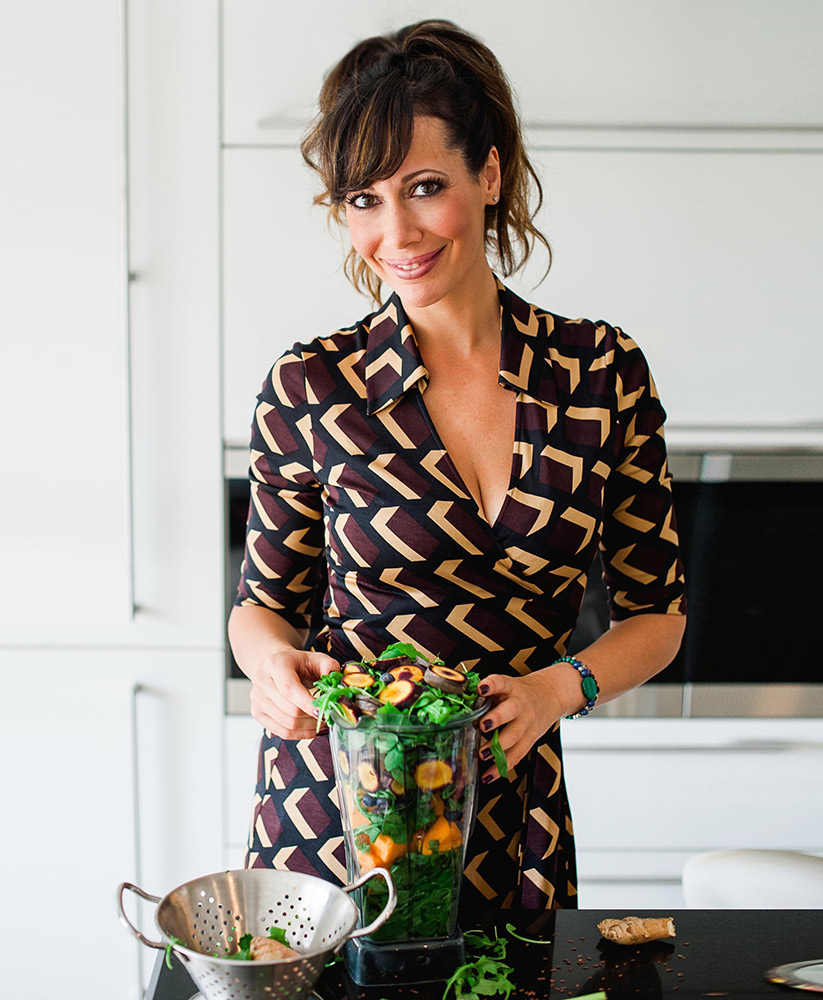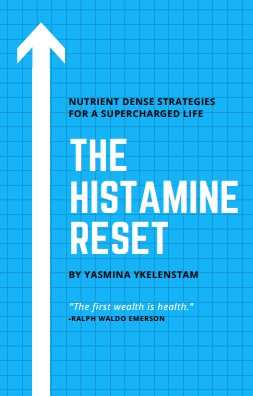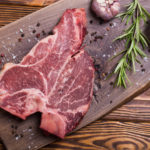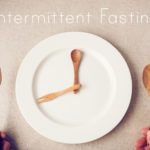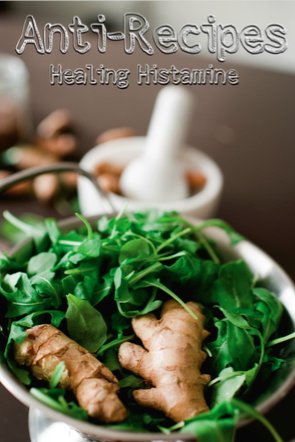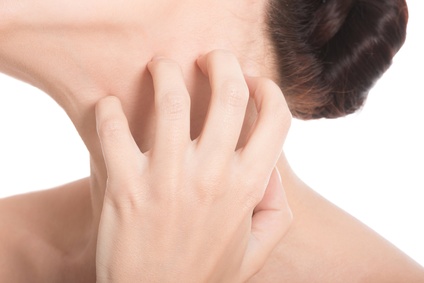
It’s official: though we’ve long suspected it, we can now add eczema/atopic dermatitis to the list of histamine/mast cell related conditions.
A new study [1] recently proved, for the first time in humans, that mast cells (the pesky little buggers that house histamine in the body) are a key culprit in causing eczema (also known as atopic dermatitis). The researchers also revealed that a protein known as STAT5, plays an important role in the equation by triggering major mast cell increases in some.
They now think the key to prevent or better treat eczema lies in blocking STAT5, which along with histamine, lives in our mast cells.
Lost?
Ok, so, mast cells are kind of the army barracks where histamine and others live. When our body’s in trouble, mast cells open their doors, allowing histamine and other inflammatory elements to be released in order to get to the site of an injury or infection, to get the healing process started. In addition to histamine, a number of other inflammatory molecules are synthesised, among them are interleukin and prostaglandins. These are all great things to have at our disposal, when they’re released, as needed, in order to help us heal.
CLICK HERE TO LEARN HOW TO CREATE YOUR OWN HISTAMINE BALANCED DIET AND HEALING PLAN.
The problem arises when some of us (hands up if you’re a mast cell mamma!), have too many of these mast cells, or unstable ones (you mean working in war zones affected my mast cells? Who knew?!), or just have too much histamine in the body because of a lack of histamine-lowering enzymes like DAO and HNMT. This leads to massive inflammation throughout the body, pain and misery, and undoubtedly years of misdiagnosis as doctors scramble to keep up with a never ending list of complaints.
Why are mast cell disorders so hard to diagnose? Mast cells are found in every organ system in the body – so yeah, we get a helluva lotta symptoms, usually rotating every couple of months (just to throw a monkey wrench in the works ya know?), and most docs have no clue what it’s all about.
It’s ok, give them a break. They try real hard, they’re not god, and HMO’s give them what, like 15 minutes per patient?
I had to be my own doctor in the end. Good thing too because I learnt how to heal myself without mast cell meds (of which there are quite a few); sadly only after being mis-prescribed almost every med on the planet (that’s what it felt like anyway).
Lucky for me, I was able to throw in the towel on my day job, thanks to all of you lovely people who support my work by ordering one of my books that share how I recovered from mast cell activation/histamine intolerance, and spend time researching food instead!
While it seems like there’s not much research out there on the effects of various foods on suppressing STAT5 yet, I did find that cucumber inhibits STAT3 [2], as does mangosteen skin extract [3] which is definitely a promising start. Given these two also inhibit prostaglandin d2 synthesis (research babble – means that it’s anti-inflammatory!), I’d hazard a guess that many of the generally anti-inflammatory foods will also exert some action against the STATS.
A question that often comes up is whether they should use a steroid cream prescribed by their doctors. I am not a doctor and cannot answer this question. What I do tell people is that there’s a study, published in the Journal of the European Academy of Dermatology and Venereology, showing that nigella sativa ointment (might) be as effective as one of the most commonly prescribed corticosteroid topical creams (Betamethasone) [4]. The study found it was over time, not sure why. Given the side effect profile of Betamethasone [5], it might be worthwhile asking your doctor about it. Also, I’d love to see a study where the nigella is also ingested, either in whole form or as the oil, because I obviously believe that we should begin treating from the inside.
The other good news is that according to mast cell researcher Dr. Theoharides, the mast cell stabilising bioflavonoid quercetin, which prevents histamine release and is beneficial in the treatment of skin conditions, may also work for atopic dermatitis/eczema [6].
Doctors were so clueless as to what was going on with me that they misdiagnosed a lipstick induced rash/dermatitis as herpes. I was only 18 and thought my life was over. Simply changing lipstick shades totally cleared it up just a few weeks later! Never to come back…more on that in the low histamine beauty survival guide, as well as a list of high histamine, antihistamine and anti-inflammatory beauty products and clean make-up brands.
I’m so glad to finally have an answer for all the people who email me asking whether a low histamine diet can help their eczema: this study highlights the importance of lowering inflammation in the body, so a high nutrient anti-inflammatory diet, rich in antihistamine foods, would likely help. I know that Dr Fuhrman, who I study nutrition under, has had tons of success treating psoriasis and eczema through a high nutrient anti-inflammatory diet. My approach goes just one step further. But please, always remember to check with your doctor first and remember, my cookbooks are not a treatment, but rather inspiration for those wanting to transition to a high nutrient antihistamine and anti-inflammatory diet.
Join my mailing list for more recipes and to be the first to know when registration for my low histamine webinar opens!
Take a peek at my low histamine and antihistamine cookbooks for more high nutrient recipes.
If you’ve found this information useful I’d appreciate your support (at no extra cost to you!) – please check out my online store for your health foods, supplements, kitchen items and beauty product purchases. Affiliate sales through my online store go towards maintaining the website, funding travel to interviews and purchasing all the lovely foods for my free online recipes. You’ll find these items in the “Shop with us” drop down menu on my homepage.
Please don’t forget antihistamine, pain killing foods can still hurt us, so please always check with your doctor before adding new foods to your diet.
——–REFERENCES——–
[1] http://www.sciencedaily.com/releases/2014/01/140109132140.htm
[2] http://www.merckmillipore.co.uk/life-science-research/signal-transducers-and-activators-of-transcription/c_6eib.s1OjbEAAAEiHqBNlRjr?PortalCatalogID=merck4biosciences&CountryName=United+Kingdom
[3] http://www.ncbi.nlm.nih.gov/pubmed/24295217
[4] http://www.ncbi.nlm.nih.gov/pubmed/23198836
[5] https://en.wikipedia.org/wiki/Betamethasone
[6] http://www.ncbi.nlm.nih.gov/pmc/articles/PMC3314669/
